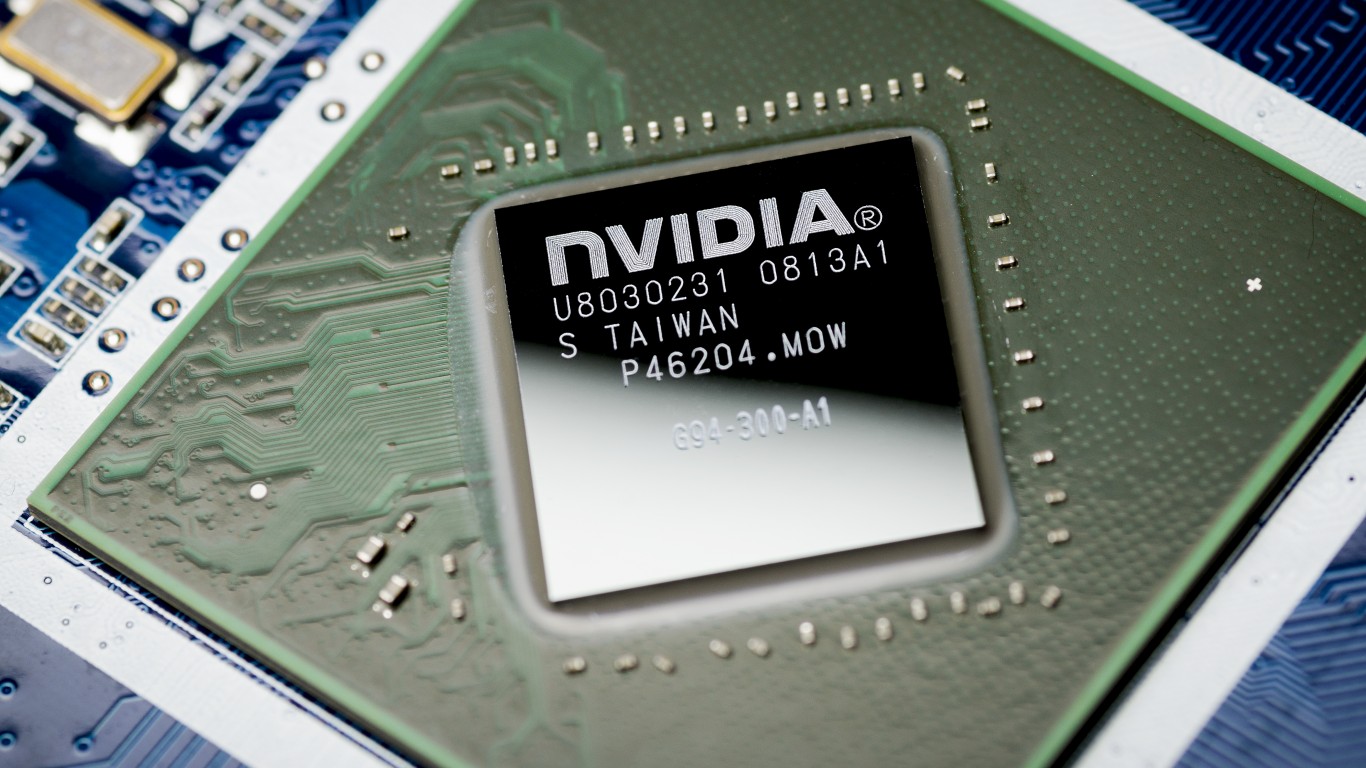
24/7 Wall St. Insights
- Here is a look at why companies split their stocks and why it matters.
- Plus, upcoming stock splits to watch from Dr. Reddy’s Laboratories, Southern Copper, and more.
- Also: 2 Dividend Legends to Hold Forever.
Stock splits are much less common than they were a couple of decades ago. Yet, this year has seen a number of notable ones, including from Broadcom, Chipotle Mexican Grill, Sony, and Walmart. Perhaps the most anticipated was the 10-for-1 split from AI darling Nvidia Corp. (NASDAQ: NVDA) back in June. This was at about the time the stock lost its abundant momentum. Afterward, shares traded mostly between $99 and $135 apiece, until recently. However, investor concern about delays in new chip shipments likely had a bigger impact on shares than the stock split.
So why the renewed interest in stock splits? Do they even matter?
What Is a Stock Split?

When a company effectively divides each share of its stock into two or more shares, the stock is said to have split. Looked at another way, the company issues additional shares to each shareholder proportionally based on their holdings. While the change lowers the value of each share, note that the value of an investor’s holdings remains the same, and the stock’s overall market value also remains the same.
The most common stock split ratios are two for one and three for one. That means each share an investor holds effectively becomes two or three shares. In other words, a two-for-one (2:1) split doubles the number of shares held while the value of each share likely is halved.
A reverse stock split works in the opposite direction. For instance, a one-for-two (1:2) split would reduce the number of shares held by half, but the value of each remaining share would increase. It is one way for companies to avoid having so-called penny stocks and to meet listing requirements.
Why Stock Splits Matter

As mentioned, a stock split does not change the value of the company. And research shows that, overall, post-split performance is evenly enough divided into upside and downside as to suggest that the changes are irrelevant. Stock splits are more about the sentiment for the company and its stock, a way to encourage investor interest with a sign that management is positive about prospects for the company. If investors didn’t notice or care about stock splits, presumably they wouldn’t make headlines. And companies might not even bother to make the change.
Why Do Companies Split Stocks?

A stock split makes shares more liquid, meaning more easily traded, and therefore increases trading volume. When a company’s share price rises significantly, that company may want to make shares more attractive to retail investors. Management often may have a target price range, and stock splits keep the share value in that range.
Companies may also announce stock splits for media attention. In fact, companies do often see a boost in the share price after making such an announcement, due to increased investor excitement. And a stock split may be a way for management to signal its expectations for future growth, also increasing demand for the stock.
Notable and Upcoming Splits

Some of the most notable stock splits include a seven-for-one split in 2014 by Apple Inc. (NASDAQ: AAPL). The share price increased afterward and pushed the market cap above $700 billion. That same year, Google, now Alphabet Inc. (NASDAQ: GOOGL), had a two-for-one split that had little impact on the share price but created a new class of shares. The Tesla Inc. (NASDAQ: TSLA) five-for-one split in 2020 sent shares soaring and pushed its market cap over $400 billion. However, When Amazon.com Inc. (NASDAQ: AMZN) had a two-for-one split in 1999, shares plunged afterward.
Here are some upcoming stock splits to keep an eye on:
- Mitsubishi Logistics Corp. (MILGF), a logistics company, 5:1, Oct. 30
- Nano Labs Ltd. (NASDAQ: NA), a Chinese semiconductor company, 1:10, Oct. 30
- Uniserve Communications Corp. (USSHF), a Canadian company, 1:3, Oct. 31
- Glatfelter Corp. (NYSE: GLT), a basic materials company, 1:13, Nov. 4
- Dr. Reddy’s Laboratories Ltd. (NYSE: RDY), a generic drug maker, 5:1, Nov. 5
- Southern Copper Corp. (NYSE: SCCO), a copper producer, 1.006:1, Nov. 6
Up 600%, 2 Winners That Could Be the Next Stock Split Stocks
Want to Retire Early? Start Here (Sponsor)
Want retirement to come a few years earlier than you’d planned? Or are you ready to retire now, but want an extra set of eyes on your finances?
Now you can speak with up to 3 financial experts in your area for FREE. By simply clicking here you can begin to match with financial professionals who can help you build your plan to retire early. And the best part? The first conversation with them is free.
Click here to match with up to 3 financial pros who would be excited to help you make financial decisions.
Thank you for reading! Have some feedback for us?
Contact the 24/7 Wall St. editorial team.



